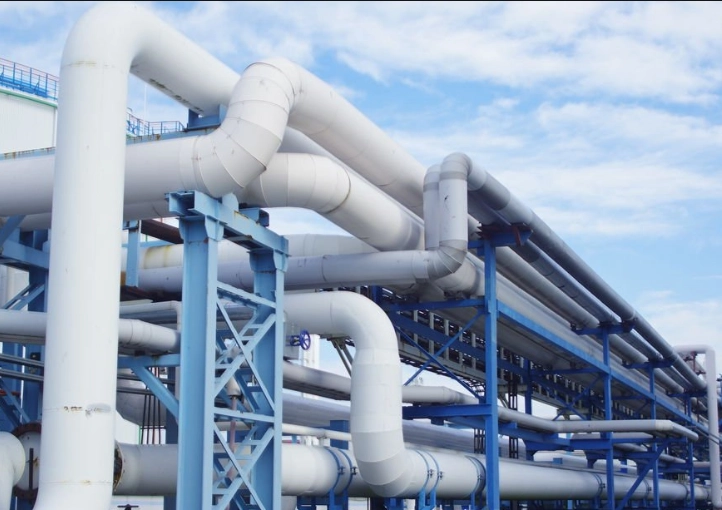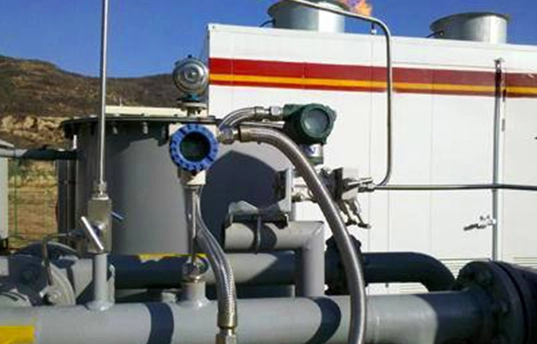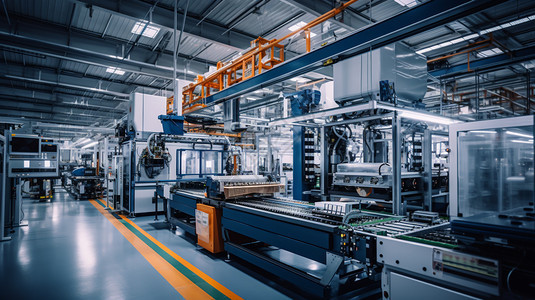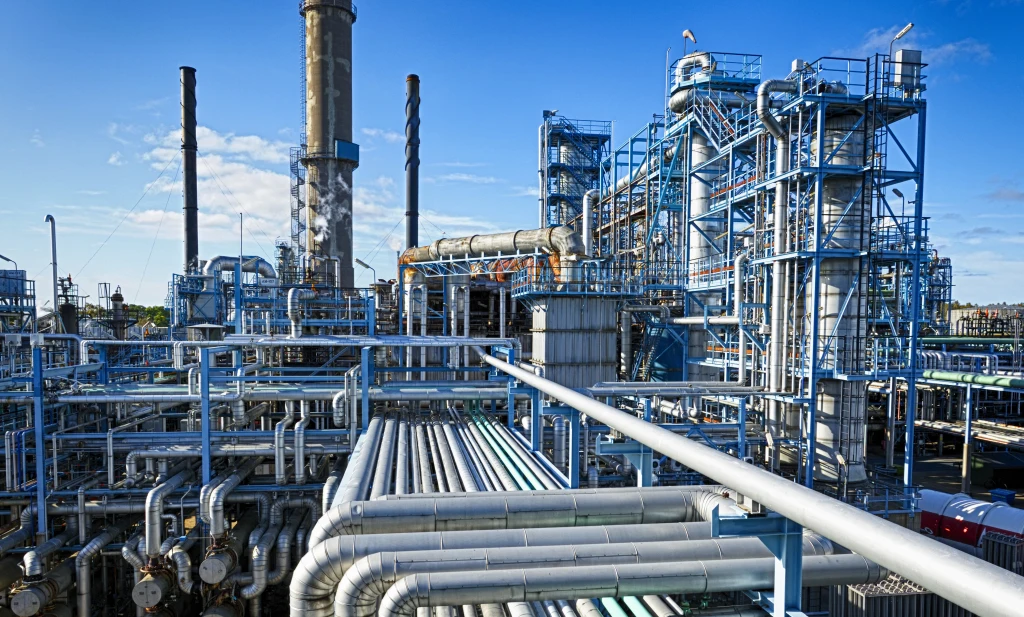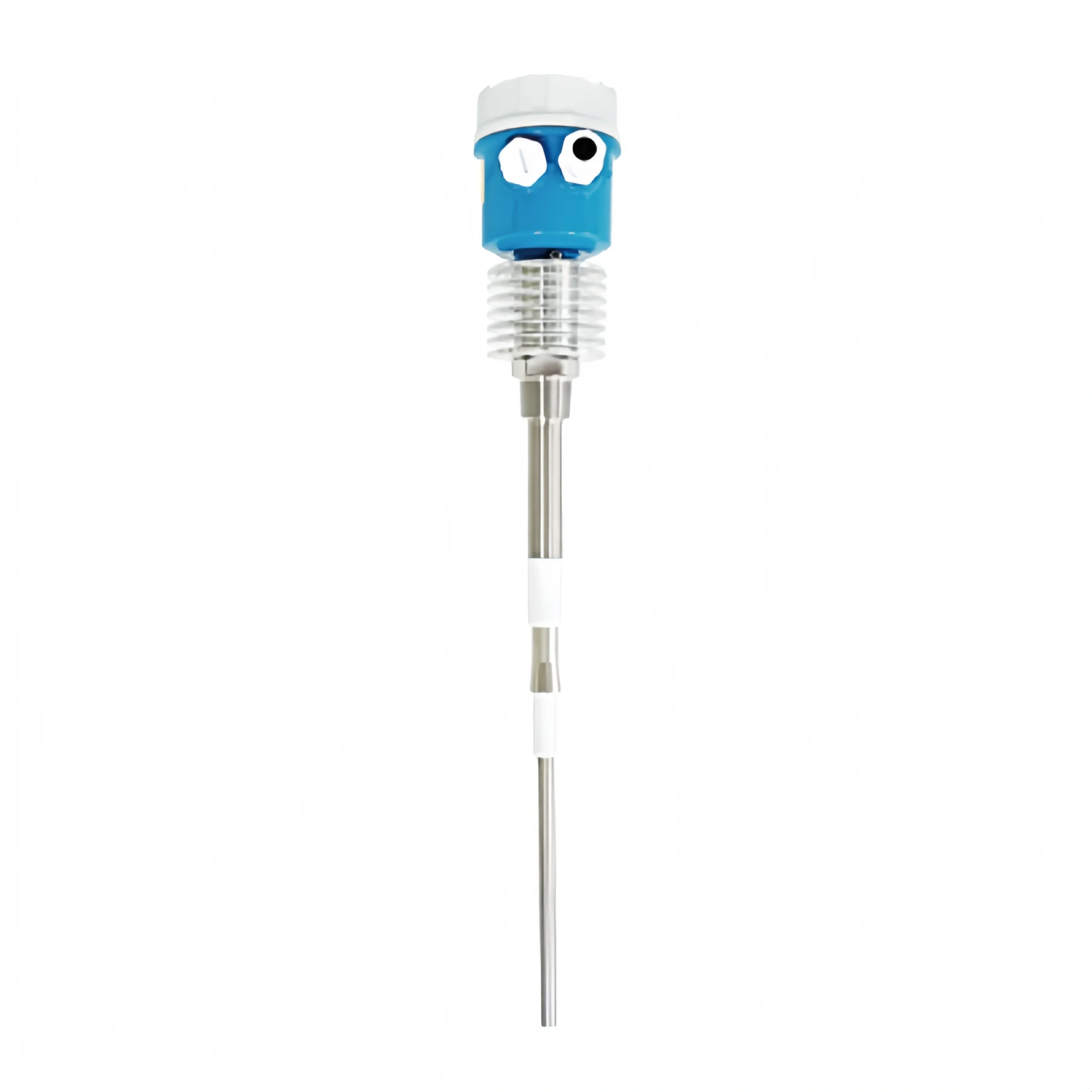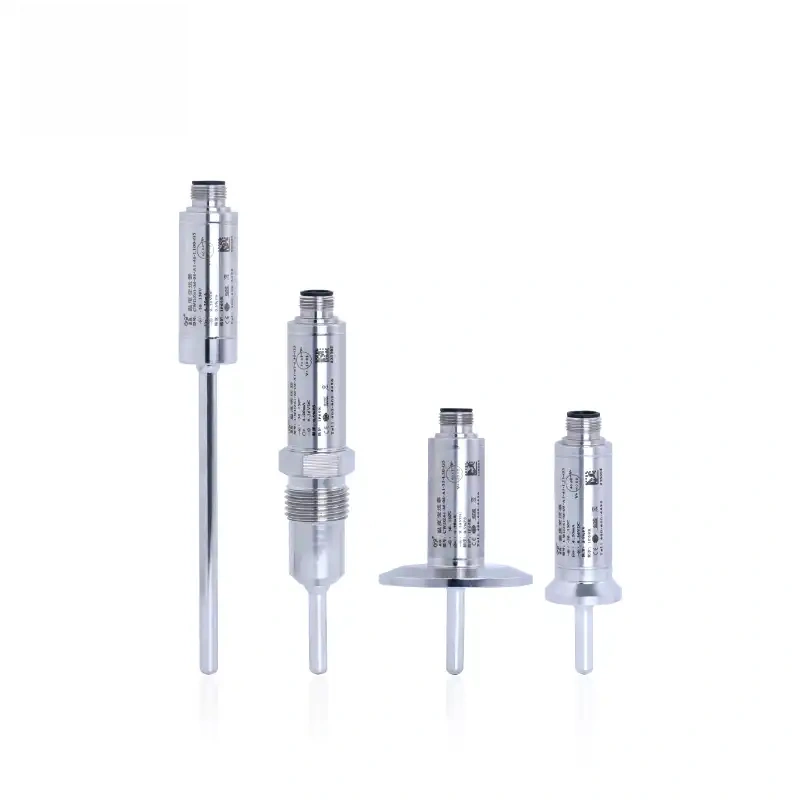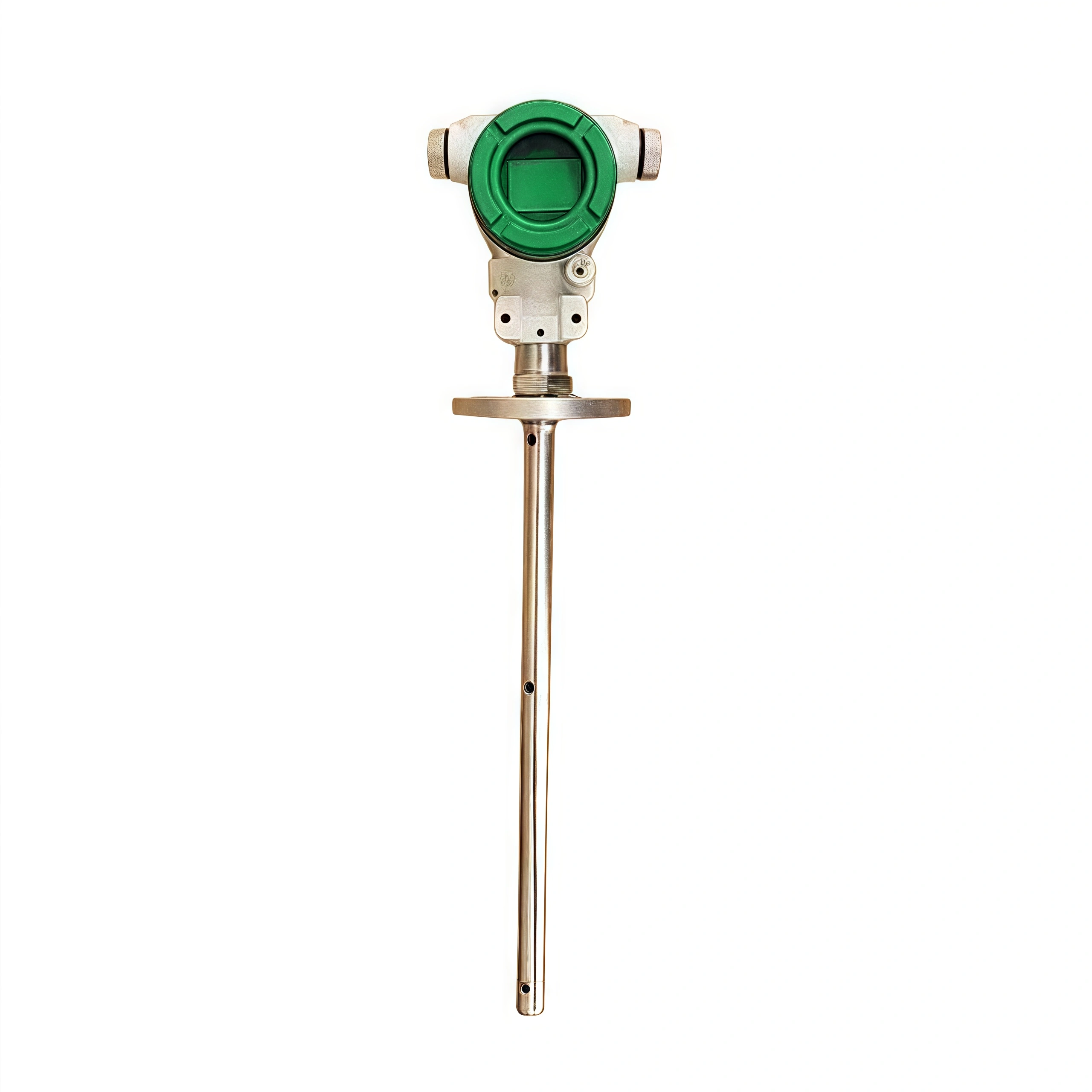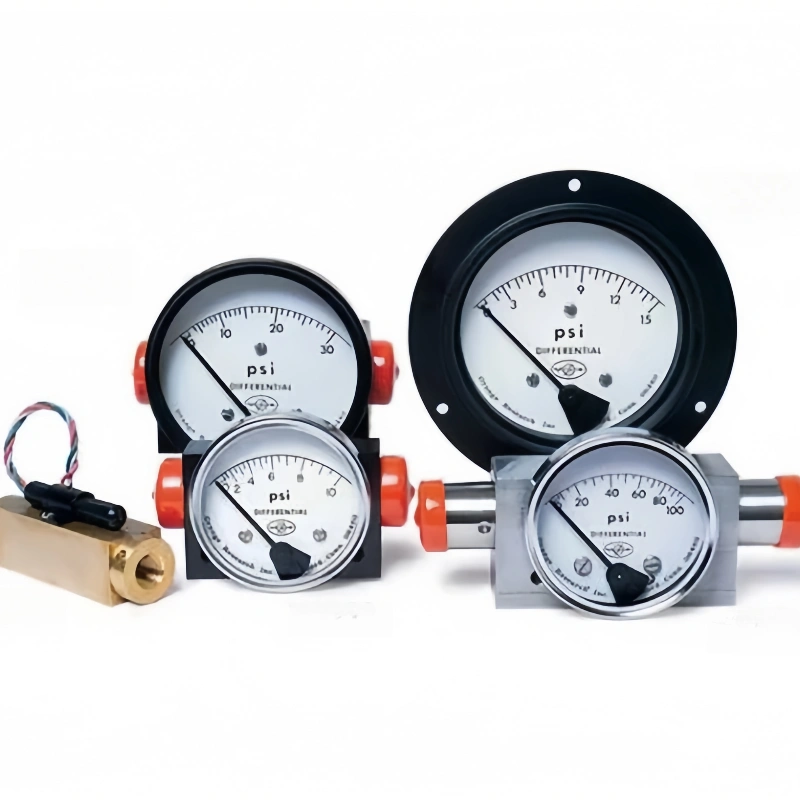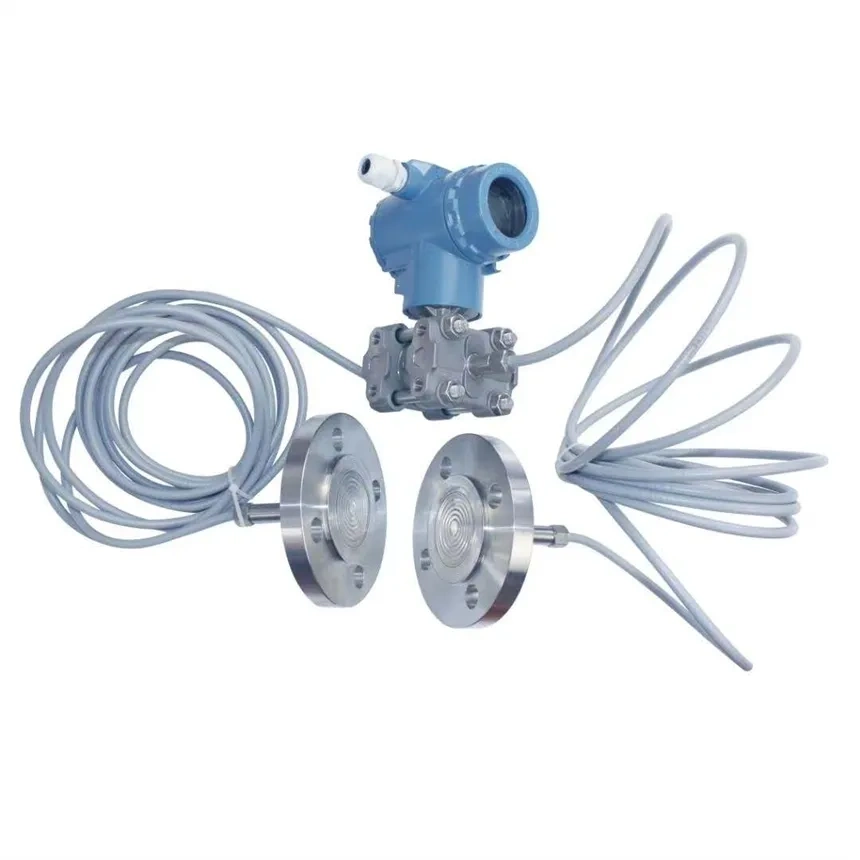Pressure permeates both daily life and industrial progress. In industrial processes, the precision of pressure measurement is necessary. It not only ensures product quality but also safeguards production safety.
Therefore, gauge pressure and absolute pressure are two fundamental types of pressure measurement in industrial processes. This article briefly introduces the two concepts to help you understand their differences.
Differences in Definition
Absolute pressure means the pressure value of a gas within a container relative to a vacuum (a space completely devoid of gas). In short, it encompasses both atmospheric pressure and gauge pressure.
Absolute pressure reflects the difference between the gas pressure inside the container and absolute zero pressure (i.e., a perfect vacuum state). For instance, if the gas pressure inside a container is 200 kPa and the external atmospheric pressure is 101.325 kPa. The absolute pressure is 200 kPa + 101.325 kPa = 301.325 kPa.
Gauge pressure means the difference between the gas pressure inside a container and atmospheric pressure. To put it simply, atmospheric pressure is not factored into its measurement. A gauge pressure reading of zero indicates that the gas pressure within the measured system or container equals atmospheric pressure.
For example, if you use a pressure gauge to measure gas pressure, assuming the gas pressure is 200 kPa and the atmospheric pressure that day is 101.325 kPa. Then the gauge pressure is 200 kPa – 101.325 kPa = 98.675 kPa. Therefore, the gauge pressure here is 98.675 kPa.
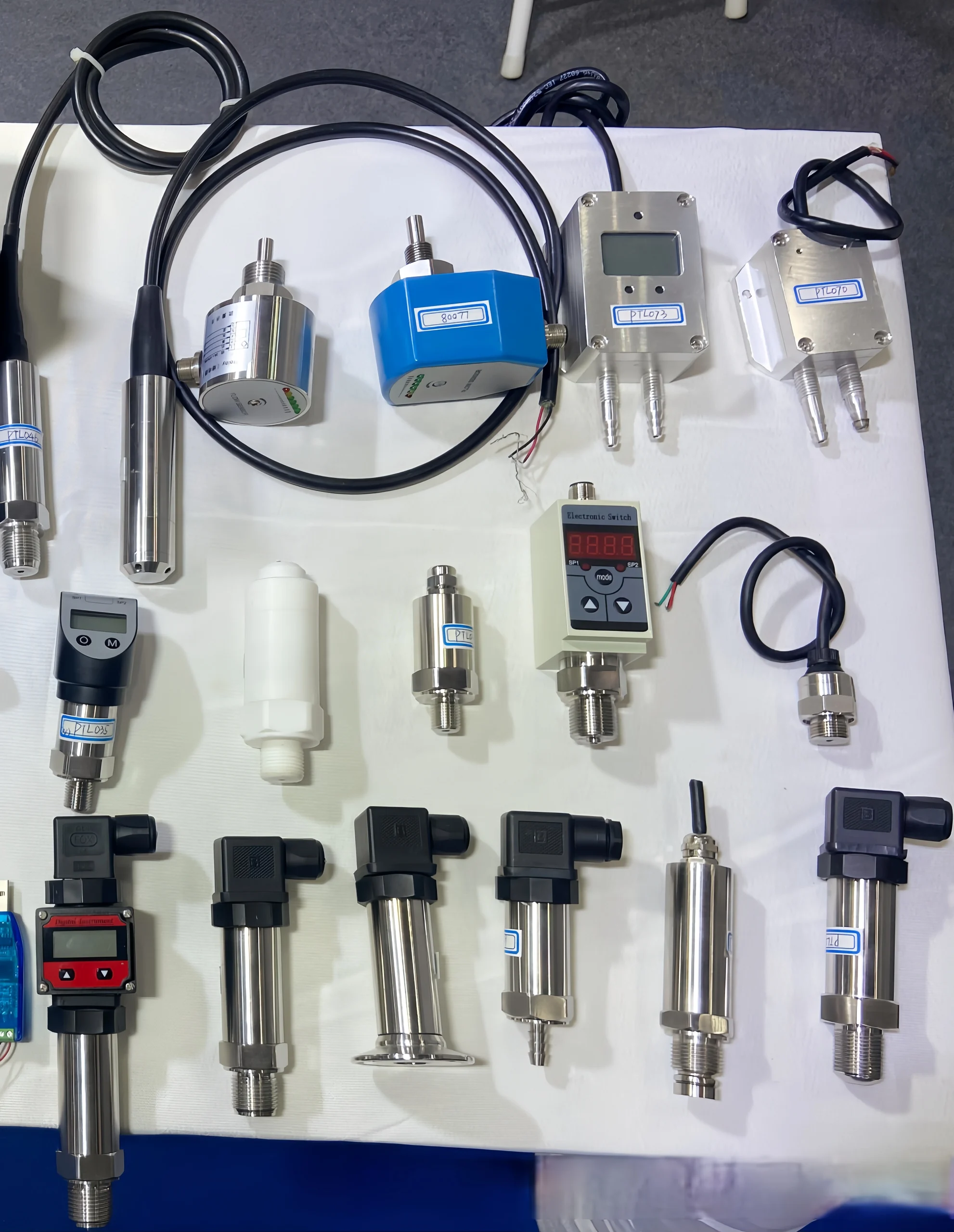
Absolute Pressure VS Gauge Pressure
When the actual pressure exceeds atmospheric pressure, the measured pressure is called gauge pressure. Absolute pressure is the sum of gauge pressure and atmospheric pressure:
Absolute Pressure = Gauge Pressure + Atmospheric Pressure
Conversely, if the actual pressure is below atmospheric pressure, the measured pressure is called vacuum or negative pressure. In this case, absolute pressure equals atmospheric pressure minus the vacuum:
Absolute Pressure = Atmospheric Pressure – Vacuum
It is worth noting that since atmospheric pressure is approximately 0.1 MPa, in high-pressure situations, the sum of gauge pressure and atmospheric pressure can be approximated as absolute pressure. For example, when the pressure in the lower tower is 0.48 MPa, its absolute pressure is calculated as:
Absolute Pressure = 0.48 MPa + 0.1 MPa = 0.58 MPa
Read More about: Static Pressure VS Dynamic Pressure VS Total Pressure

Absolute Pressure and Gauge Pressure Measurement
In gauge pressure measurement, the pressure measured is the difference from the current ambient pressure. However, this pressure varies with changes in weather and altitude. Absolute pressure measurement measures the difference from an ideal vacuum or absolute vacuum. This is why absolute pressure measurement is unaffected by environmental factors, such as weather or altitude. So which measurement method is correct?
In practice, these two measurement methods can be distinguished as follows:
In most cases, the measurement task is to determine gauge pressure. This is why this type of sensor is widely used. However, if a gauge pressure sensor is used in an application where the actual measurement task is to measure absolute pressure, the following additional errors must be anticipated:
1. ±30 mbar due to weather changes
2. Up to 200 mbar when the location changes (e.g., when rising from sea level to 2000m)
Depending on the measurement range, these errors can be significant (e.g., in pneumatic systems with a 1bar range) or negligible (e.g., in hydraulic systems at 400bar)

Sino-Inst Featured Pressure Sensor
Absolute Pressure Sensor VS Gauge Pressure Sensor
Simply put, an absolute pressure sensor measures absolute pressure internally. A gauge pressure sensor measures pressure relative to atmospheric pressure.
Gauge pressure sensors measure relative pressure, i.e., pressure values relative to atmospheric pressure. They typically employ a reference chamber connected to atmospheric pressure, measuring differential pressure via a pressure sensor linked to the measurement chamber.
Gauge pressure sensors are widely used in industrial automation, fluid control, liquid level measurement, and other fields. For example, automotive tire pressure sensors are gauge pressure sensors. Gauge pressure sensors must have a vent hole connected to atmospheric pressure, making their measurement process more complex. Particularly when operating underwater, a vent tube is essential.
Absolute pressure sensors measure pressure relative to vacuum, i.e., absolute pressure. Their operating principle typically involves connecting a reference chamber to a vacuum, using a pressure sensor linked to the measurement chamber to gauge pressure.
Absolute pressure sensors are extensively used in atmospheric pressure monitoring, high-altitude meteorological observation, weather forecasting, and other fields. For instance, barometers are a common type of absolute pressure sensor.
Read More about: 7 Types of Pressure Sensors: Different Types, Working Principles, and Definitions
Applications for Gauge and Absolute Pressure
In practical applications, gauge and absolute pressure measurements serve distinct scenarios and characteristics. Absolute pressure measurement is typically employed for gaseous pressures. such as compressed air or natural gas. Since gas molecules are widely spaced and less affected by atmospheric pressure, absolute measurement provides a more accurate representation of the gas’s actual pressure.
Gauge pressure measurement, conversely, is typically employed for liquids like water or oil. Due to the smaller distances between liquid molecules, which are more susceptible to atmospheric pressure interference. Gauge pressure measurement provides a more accurate representation of the liquid’s actual pressure.
Gauge Pressure Technology for Leak Detection
Leak detection aims to evaluate the production of products or equipment under pressurized conditions, thereby identifying potential leaks to safeguard product quality. A gauge pressure sensor is usually integrated into leak detection equipment. They identify leak points by measuring the pressure differential between the interior and exterior of product components. Gauge pressure sensor detecting leaks plays a key role in various industries, including automotive components, consumer electronics, food packaging, and medical devices.
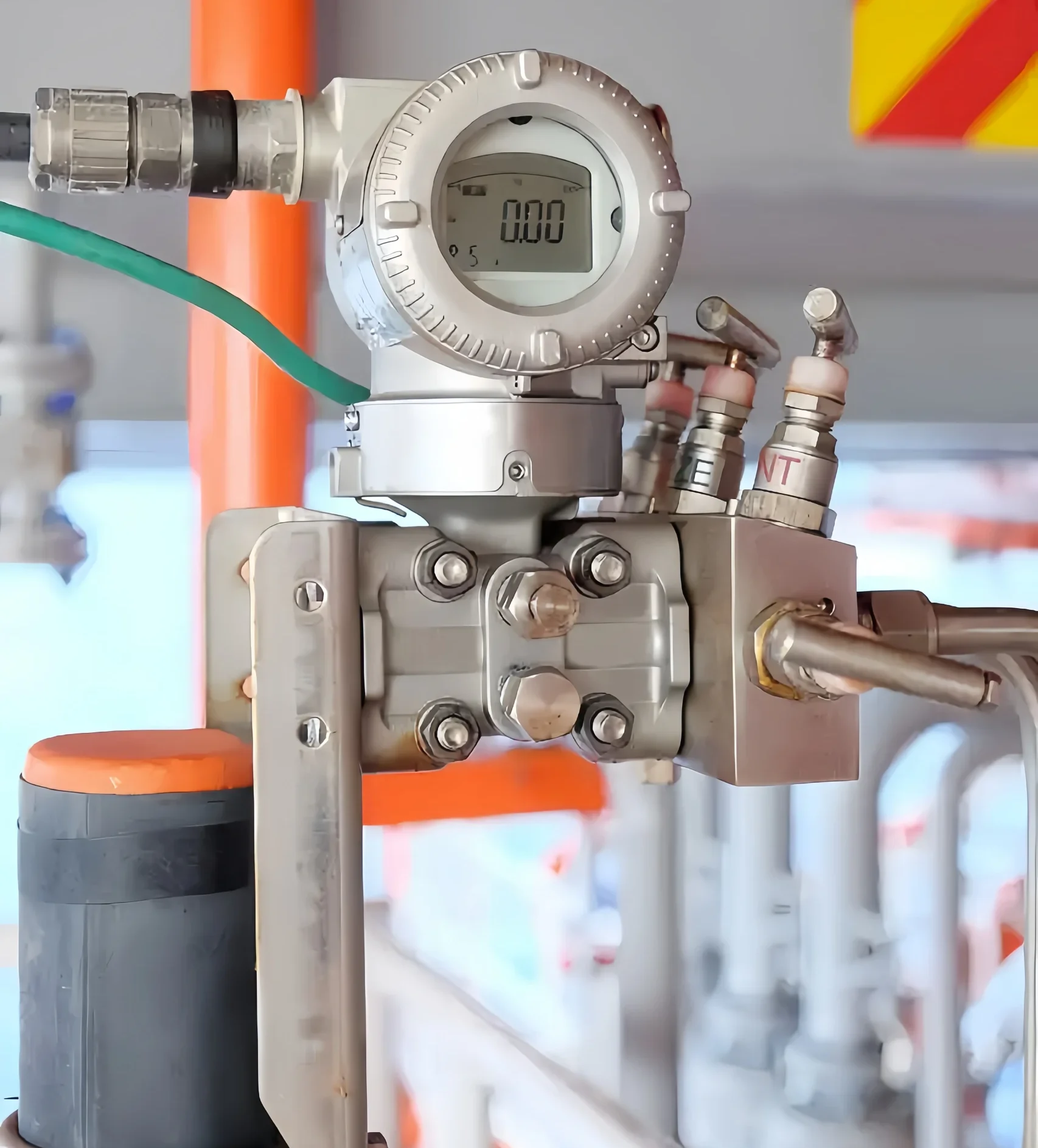
Pressure Unit:
In the International System of Units, the unit of pressure is the pascal. Pascal is abbreviated as Pa. It is defined as newtons per square meter (N/m²). This unit is named in honor of the distinguished French physicist Blaise Pascal.
There are some commonly used pressure units: kilopascals (kPa), megapascals (MPa), pounds per square inch (psi), bars (bar), standard atmospheres (atm), millimeters of mercury (mmHg), Torr (Torr), inches of mercury (inHg), and millimeters of water (mmH₂O).
Conversion of Pressure Units: MPa, bar, kg, etc.
- Since the Pascal (Pa) unit is too small—a sunflower seed on a table surface exceeds 10 Pa—engineering commonly uses its multiples:
- 1 MPa = 1000 kPa =1,000,000 Pa
- psi is the pressure unit traditionally used in Europe, America, and other regions.
- 1 psi ≈ 6.895 kPa ≈ 6894.757 Pa
- Bar is part of the International System of Units (SI). And it is commonly used in industrial and engineering fields.
- 1 bar = 0.1 MPa = 100 kPa = 100,000 Pa
- Standard Atmosphere (atm) is a normal unit representing atmospheric pressure.
- 1 atm (Standard Atmosphere) = 760 mmHg (millimeters of mercury) = 101.325 kPa (kilopascals) = 101325 Pa (pascals)
- Millimeters of mercury (mmHg) means the unit of pressure expressed directly as the height of a mercury column in millimeters.
- 1 mmHg (millimeter of mercury) = 1 Torr (torr) = 0.1333224 kPa (kilopascals) ≈ 133.322 Pa (pascals)
- Inches of mercury (inHg), referenced from millimeters of mercury, is a unit used in Europe and America.
- 1 inHg (inch of mercury) = 3.3863882 kPa (kilopascals) ≈ 3386.388 Pa (pascals)
- Millimeters of water column (mmH₂O), referenced from millimeters of mercury.
- 1 mmH₂O (millimeters of water column) ≈ 9.807 Pa (pascals)
- Kilogram-force per square centimeter (kgf/cm²), representing one kilogram-force acting on an area of one square centimeter, is commonly used domestically.
- 1 kgf/cm² (kilogram-force) ≈ 0.098 MPa (megapascals) ≈ 98.0665 kPa (kilopascals) ≈ 98066.5 Pa (pascals)
How to Convert Gauge Pressure to Absolute Pressure?
Converting gauge pressure to absolute pressure requires accounting for the current atmospheric pressure value. This is typically achieved by adding or subtracting one standard atmosphere (atm). The conversion formula is as follows:
Absolute pressure = Gauge pressure + Atmospheric pressure
Gauge pressure = Absolute pressure - Atmospheric pressure
How is Gauge Pressure Measured?
When measuring gauge pressure, we generally use mechanical pressure gauges or electronic pressure transmitters.
Differences between electronic pressure transmitters and mechanical pressure gauges:
Mechanical pressure gauges are mechanical measuring instruments that utilize mechanical structures such as springs and pistons to measure pressure values. They are limited to single-point measurement.
Electronic pressure transmitters are electronic measuring instruments. It utilizes microprocessor technology and high-precision sensor technology. Their operating principle involves collecting, processing, and outputting signals to achieve pressure measurement. Electronic pressure transmitters enable multi-point measurement and remote monitoring. They can perform self-calibration and self-diagnosis, automatically detect sensor operating status and execute corresponding corrections and adjustments.
What is the Difference between Gauge Pressure and Vacuum Pressure?
Gauge pressure refers to the pressure calculated relative to the prevailing atmospheric pressure at the location. When the pressure of the measured system equals the prevailing atmospheric pressure, the pressure gauge needle reads zero. That is, the gauge pressure is zero.
Vacuum pressure refers to the difference between the local atmospheric pressure and the absolute pressure of the measured system when the latter is lower than the local atmospheric pressure. The gauge used for this measurement is called a vacuum gauge.
In summary, absolute pressure and gauge pressure are two concepts that are relatively difficult to distinguish. We believe this article has provided you with a general understanding of them.
If you need to measure absolute pressure and gauge pressure, feel free to choose our pressure sensors. As a supplier from China, our business philosophy is based on integrity. Our products are of high quality and deliver accurate measurement results. Contact us for a free quote! Our professional engineers will provide you with a measurement solution tailored to your needs.








